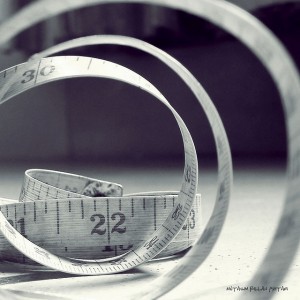 Math and science learning environments are prime arenas for introducing technology. With all the options available, it can be easy enough to initiate its use in one of these settings, but substantially more difficult to execute well. Ultimately, the effectiveness of educational technology, be it in whatever form, is determined by whose hands it’s in and whether they can unlock its potential.
Math and science learning environments are prime arenas for introducing technology. With all the options available, it can be easy enough to initiate its use in one of these settings, but substantially more difficult to execute well. Ultimately, the effectiveness of educational technology, be it in whatever form, is determined by whose hands it’s in and whether they can unlock its potential.
When technology is used well, it assists in learner engagement and enriches the learning experience. It can enable teachers to diversify instruction and meet students where their current skills are at encouraging a greater chance of success. New possibilities emerge when technology is used to bridge classrooms around the world, thinning the confinements inherently created by the four walls that ordinarily surround students; however, an environment that thrives with technology does not necessarily abandon conventional methods, but recognizes that technological innovations can provide students with access to opportunities that may not otherwise be available, as well as alternate means of reaching students and providing options for how their learning can be demonstrated. Decisions to use technology need to be grounded in sound pedagogical theory that is put into praxis to inform and guide students in developing an understanding of how to use the technology beyond its entertainment potential. Done well, it can be a catalyst for student-led learning, an authentic application of concepts, and a medium for building collective knowledge through collaboration.
When technology is successfully implemented into math and science environments, it facilitates the momentum of learning to expedite process and extend student thinking; although, the use of technology, especially in elementary math classrooms, is largely dedicated to drill and practice activities and low-level thinking output. The potential for using technology to develop reasoning skills remains significantly untapped, and therein rests a vital challenge for educators. How can technology be intertwined with critical thinking and problem solving to create meaningful learning experiences that help students connect their learning with others and the world? How can it be used to reshape or deepen their understanding from both a concrete and metacognitive perspective?
image: A Blurry Sense of Magnitude by ZeRo`SKiLL released under a CC Attribution – Noncommercial – No Derivative Works license
